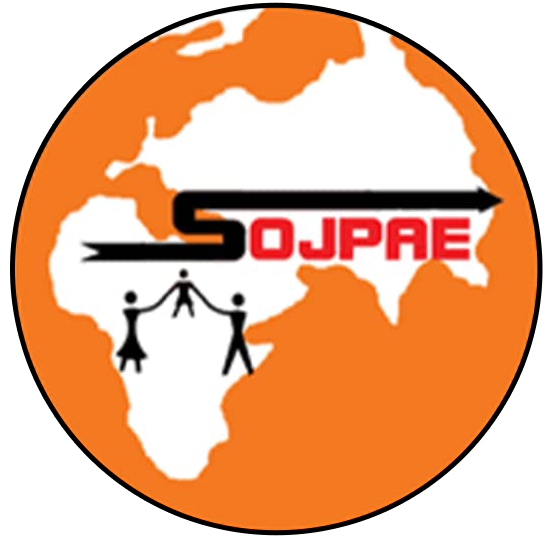2. Vision, Mission & Values
Vision: A Burundi where every child fully enjoys their rights, grows up in a safe environment, and actively contributes to building a just, peaceful, and prosperous society.
Mission: Promote the rights and well-being of children and vulnerable communities through integrated interventions in protection, education, health, inclusion, and resilience, while strengthening youth and women’s participation.
Values:
- Integrity and transparency
- Solidarity and social justice
- Community participation
- Inclusion and gender equity
- Accountability and respect for human rights
7. Monitoring, Evaluation & Accountability
A robust MEAL (Monitoring, Evaluation, Accountability, and Learning) system will accompany the strategy to ensure accountability and continuous improvement.
Key indicators include: number of children protected, malnutrition rates, access to WASH infrastructure, inclusive school enrollment, youth participation in peace clubs, number of empowered households.
Tools include: participatory surveys, independent evaluations, and community feedback mechanisms.
